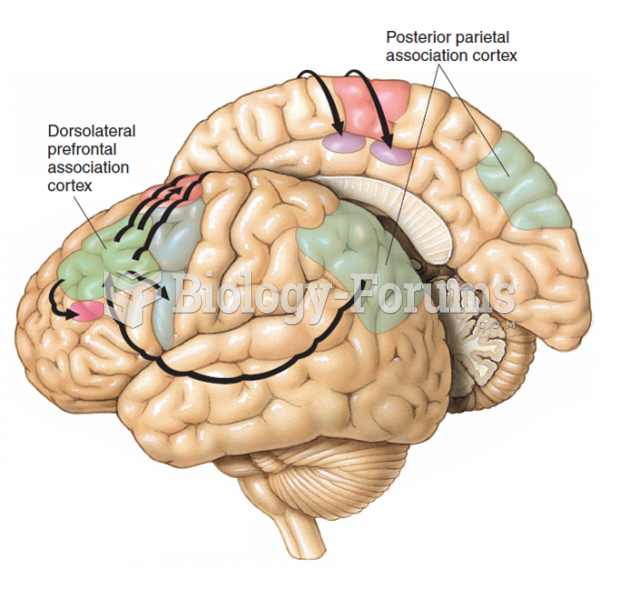Answer to Question 1
Agents of socialization are the persons, groups, or institutions that teach us what we need to know in order to participate in society. The family, the school, peer groups, and the mass media are the pervasive agents of socialization in childhood. The family is the most important agent of socialization in all societies. From infancy, our families transmit cultural and social values to us. As the amount of time that children are in educational settings has increased, schools continue to play an enormous role in the socialization of young people. Although schools teach specific knowledge and skills, they also have a profound effect on children's self-image, beliefs, and values. As children enter school for the first time, they are evaluated and systematically compared with one another by the teacher. A permanent, official record is kept of each child's personal behavior and academic activities. As soon as we are old enough to have acquaintances outside the home, most of us begin to rely heavily on peer groups as a source of information and approval about social behavior. A peer group is a group of people who are linked by common interests, equal social position, and (usually) similar age.
Preadolescence is an age period in which children's peer culture has an important effect on how children perceive themselves and how they internalize society's expectations. In adolescence, peer groups are typically made up of people with similar interests and social activities. As adults, we continue to participate in peer groups of people with whom we share common interests and comparable occupations, income, and/or social position. Peer groups function as agents of socialization by contributing to our sense of belonging and our feelings of self-worth. The mass media is composed of large-scale organizations that use print or electronic means (such as radio, television, film, and the Internet) to communicate with large numbers of people. The media function as socializing agents in several ways: (1) they inform us about events; (2) they introduce us to a wide variety of people; (3) they provide an array of viewpoints on current issues; (4) they make us aware of products and services that, if we purchase them, will supposedly help us to be accepted by others; and (5) they entertain us by providing the opportunity to live vicariously (through other people's experiences). We frequently underestimate the enormous influence that this agent of socialization may have on children's attitudes and behaviors.
Answer to Question 2
c







